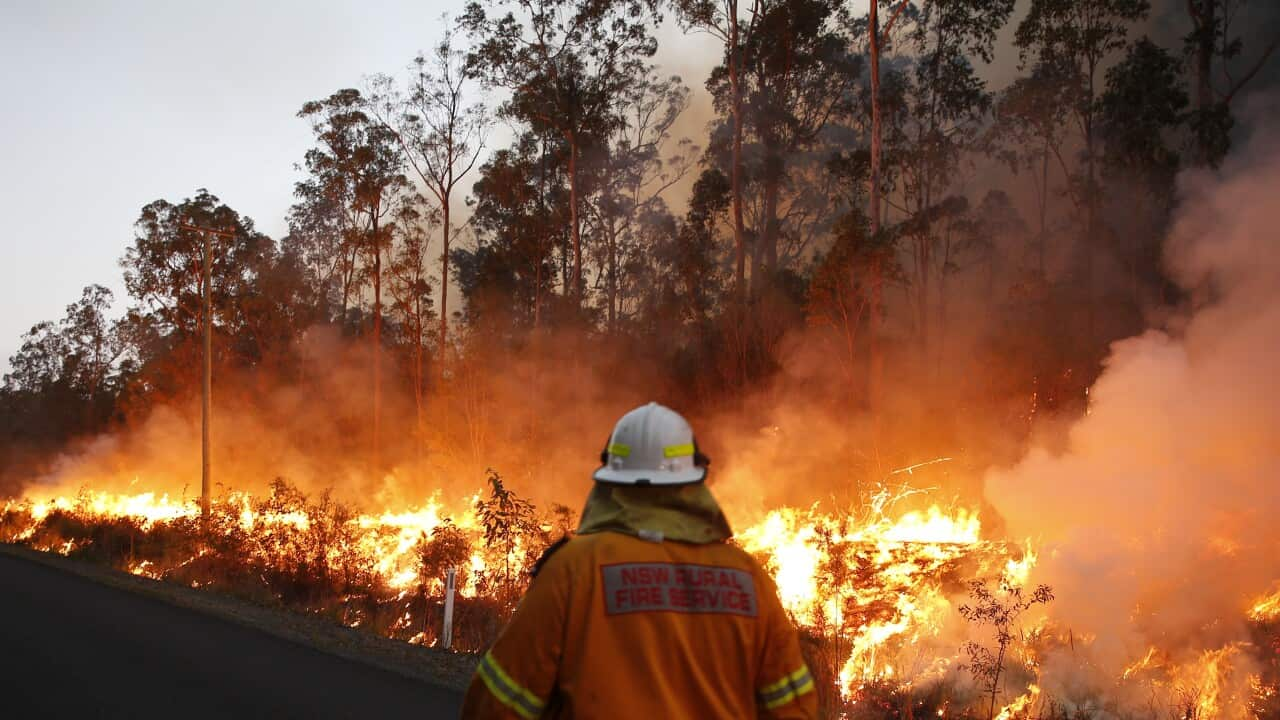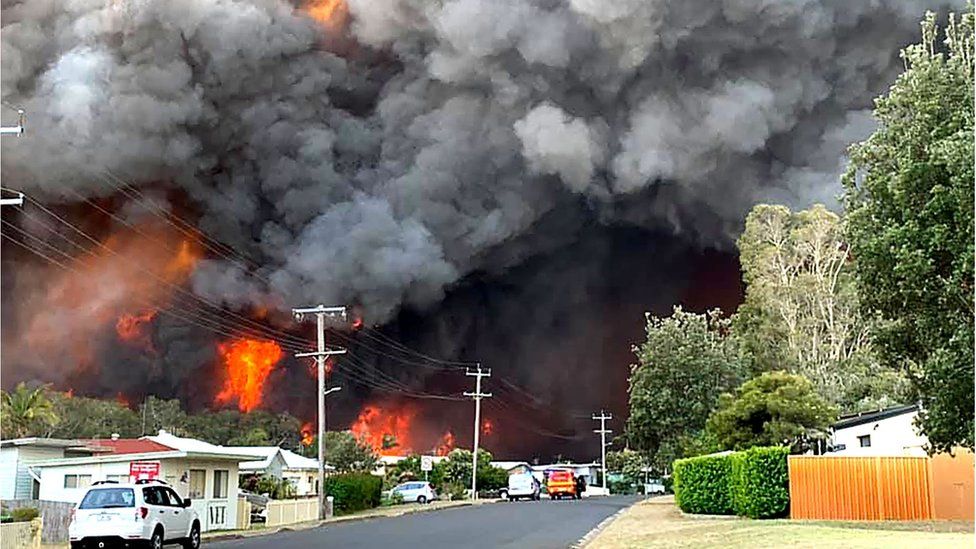Navigating the Requirements: Your Guide to Obtaining a BAL Report
Navigating the Requirements: Your Guide to Obtaining a BAL Report
Blog Article
Best Practices in Bushfire Administration for Comprehensive Fire Protection
In the realm of bushfire administration, the pursuit for comprehensive fire security requires a thorough technique that includes different crucial elements. From strenuous risk analysis and calculated planning to the application of reliable greenery management strategies, the range of finest techniques is huge and intricate. Area involvement and education and learning play essential roles in fostering durability and readiness, while very early detection and warning systems act as vital safeguards. The seamless control of emergency situation response and discharge plans is important for guaranteeing the safety and health of people in the face of rising bushfire risks. As we browse with the nuances of these best techniques, an exploration into the detailed internet of techniques and methodologies waits for, guaranteeing a deeper understanding of the complex landscape of bushfire management for detailed fire security.
Threat Analysis and Planning
In bushfire management for fire security, the first step entails performing a comprehensive danger assessment and developing a detailed plan to reduce possible dangers. By comprehending these dangers, fire defense authorities can focus on locations that are most vulnerable to bushfires and allot resources successfully.
Following the threat analysis, the next important step is to create a detailed strategy to address the determined risks. This strategy ought to describe approaches for avoidance, readiness, action, and recuperation in the occasion of a bushfire. It ought to additionally consist of procedures for neighborhood involvement, evacuation, and communication procedures. By having a well-defined plan in place, emergency situation services can act promptly and successfully to protect lives, property, and the setting throughout a bushfire break out. Efficient danger evaluation and planning are basic parts of bushfire management for guaranteeing comprehensive fire protection.
Vegetation Monitoring Techniques
After carrying out a thorough risk assessment and establishing a detailed strategy for bushfire monitoring, the focus moves to carrying out effective plants administration techniques. Greenery administration plays a vital duty in lowering the intensity and spread of bushfires.
Along with creating defensible room, suggested burning is one more crucial vegetation administration method. Suggested burns involve deliberately setting fires under regulated conditions to reduce the accumulation of gas, reduce the likelihood of high-intensity wildfires, and promote community wellness. By purposefully melting locations with excess plant life, fuel levels are minimized, making it harder for fires to spread out rapidly and frantically.

Area Interaction and Education And Learning
Reliable neighborhood involvement and education are essential parts in developing a proactive and resistant technique to bushfire administration. By entailing area members in the planning and execution of bushfire monitoring methods, stakeholders come to be energetic participants in safeguarding their homes and communities. Neighborhood involvement promotes a sense of common duty and empowers citizens to take ownership of their security.
Education plays an important role in furnishing individuals find out this here with the knowledge and abilities required to reduce bushfire dangers effectively. Offering academic sources ablaze avoidance, emptying treatments, and the relevance of very early discovery can dramatically improve community readiness. Educating residents on the regional bushfire environment, consisting of fire habits and threat aspects, allows them to make educated choices during high-risk situations.
Through continuous interaction and education and learning campaigns, areas can establish a collective understanding of bushfire risks and job collaboratively to minimize the influence of wildfires. By fostering a culture of readiness and strength, neighborhood members can boost their ability to react properly to bushfire emergency situations and shield both lives and residential property.

Early Discovery and Warning Systems
Community interaction and education and learning offer as foundational pillars in developing positive bushfire management techniques, laying the foundation for the implementation of robust early discovery and caution systems. Early discovery and caution systems are essential parts in mitigating the impact of bushfires on neighborhoods and the setting. These systems incorporate a variety of technologies and methods focused on identifying and informing authorities and locals to potential fire episodes swiftly and successfully.
One crucial element of early detection systems is using advanced tracking technologies such as satellite images, drones, and climate terminals to detect signs of potential fire ignition. These technologies provide real-time data that can be examined to determine fire-prone areas and trigger early warnings. In addition, the assimilation of community-based monitoring networks and automated alert systems can enhance the performance of early detection initiatives by involving citizens in reporting potential fire risks and getting prompt cautions.
Effective early discovery and caution systems rely upon a multi-faceted strategy that incorporates technical advancement, neighborhood involvement, and swift emergency response methods to ensure the timely and coordinated management of bushfire cases. explanation By purchasing these systems and cultivating cooperation in between stakeholders, areas can boost their strength to bushfires and lessen the affiliated threats.
Emergency Action and Emptying Plans
A well-coordinated and detailed emergency feedback and emptying strategy is vital for properly guarding lives and residential property throughout bushfire cases. These strategies should be thoroughly crafted, taking into consideration elements such as the topography of the area, the density of greenery, and the prospective speed and direction of the fire's spread.
One vital facet of an emergency feedback strategy is the facility of clear communication channels to share prompt and exact information to residents and emergency situation -responders. This can include utilizing alarms, mobile notifies, social media sites, and area meetings to make sure that every person is informed and understands what actions to take.
Emptying paths must be pre-identified and consistently maintained to guarantee they are easily accessible throughout emergency situations. In addition, designated evacuation centers ought to be established to supply sanctuary, clinical help, and assistance services to evacuees.
Normal drills and workouts are important to acquaint residents with evacuation procedures and examine the performance of the strategy. By continually upgrading and assessing emergency action and emptying strategies, communities can enhance their preparedness and resilience when faced with bushfire hazards.
Final Thought
In conclusion, effective bushfire management requires a comprehensive approach that consists of threat analysis, plants monitoring, area involvement, very early discovery systems, and emergency feedback plans. By carrying out these ideal techniques, areas can better secure themselves from the damaging effects of bushfires - Bushfire Management Plan. It is important to prioritize positive procedures to minimize Recommended Site the dangers posed by bushfires and guarantee the security and health of individuals and neighborhoods at threat
After performing a comprehensive threat assessment and creating an extensive strategy for bushfire administration, the emphasis shifts to carrying out effective vegetation management strategies.Efficient community interaction and education and learning are crucial components in developing a positive and durable technique to bushfire monitoring. By entailing community members in the planning and application of bushfire administration approaches, stakeholders become energetic individuals in protecting their homes and areas.Area engagement and education offer as fundamental pillars in developing aggressive bushfire management practices, laying the foundation for the implementation of robust very early discovery and caution systems.In verdict, effective bushfire management needs a detailed method that includes danger assessment, greenery monitoring, neighborhood involvement, very early detection systems, and emergency feedback plans.
Report this page